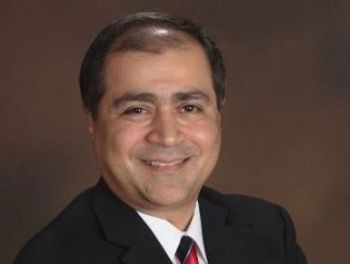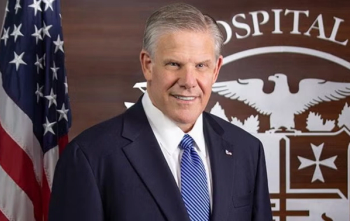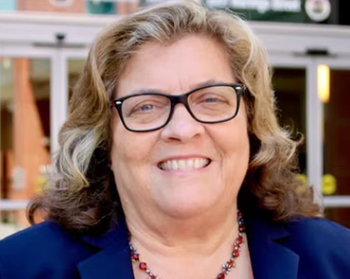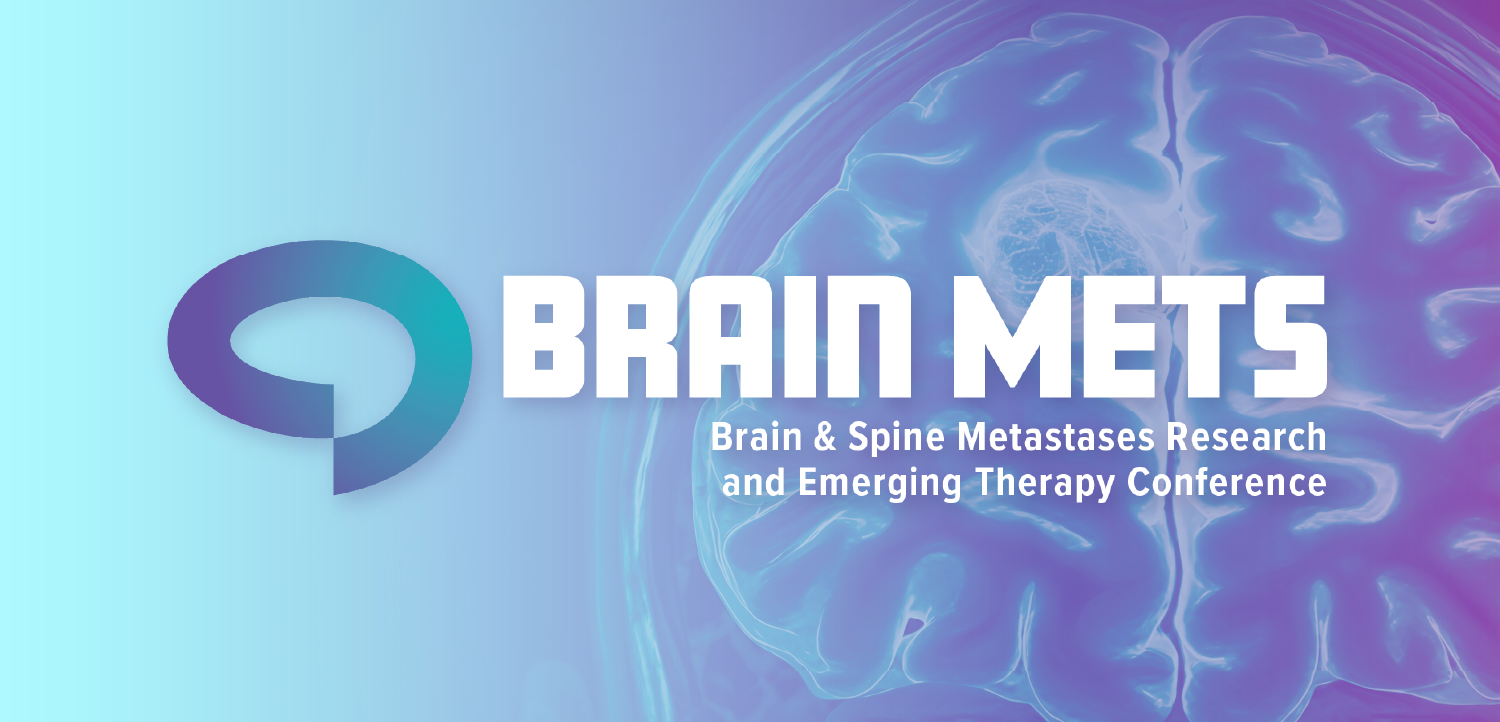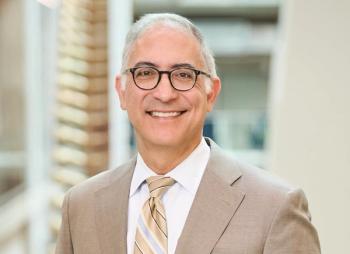
How MD Anderson Cancer Center is using technology to help patients and providers
Dan Shoenthal, chief innovation officer at MD Anderson Cancer Center, talks about helping patients navigate the system, AI’s potential, and being thoughtful about its use.
Patients battling cancer don’t need the extra headaches that come with navigating the healthcare system.
MD Anderson Cancer Center is focused on cutting-edge treatment and research to help cancer patients. Dan Shoenthal, vice president and chief innovation officer at MD Anderson Cancer Center, says he wants to make it easier for patients to manage the steps along the way.
“We've introduced some tools recently that really help ease the burden on our patients,” Shoenthal told Chief Healthcare Executive® in a recent interview.
“You get a cancer diagnosis, it's one of the worst moments, the most frightening moments of your life,” he said. “And so how do we ease the burden on the non-clinical steps to engage MD Anderson.”
MD Anderson has developed engagement tools to help patients answer some basic questions that don’t always require a nurse or clinician. Some patients can get texts about reminders of appointments, and others about various steps of their treatment. MD Anderson also developed an app to help patients track their progress.
‘The right touch points’
Shoenthal says the system is working to give patients the information they want, in the best way to digest it. He notes that health systems can provide an overwhelming amount of information about a patient’s diagnosis, diet and support services.
Some people want every scrap of information right away, while some patients don’t necessarily want information that isn’t relevant to their immediate steps in treatment.
“More emerging technology helps us understand the right touch points that that individual wants,” Shoenthal said. “There might be some people that want to get everything up front. There's nothing wrong with that. That's how they want to be engaged. There's some people that only want to talk to humans … nothing wrong with that.”
Some patients are busy and want to get texts to keep them up to date.
“We started to introduce technology as a way to kind of engage the patient in those things that, again, aren't replacing a doctor or replacing a nurse, but are giving them more awareness,” Shoenthal said. “I think we started very low, but I think we have an interesting opportunity now to integrate that in with other programs.”
Patients want information presented in different ways, including questions about their diet and exercise and how they will be affected by treatment. Patients are increasingly accustomed to getting short nuggets of information online or in short videos on social media.
“We have to evolve,” Shoenthal said.
MD Anderson is looking at ways to add technology, including some automation tools, to help patients navigate the system.
“They're answering all of those little questions that you might have and clarifying questions that you might have throughout that journey,” Shoenthal said.
Using AI thoughtfully
MD Anderson also sees a great deal of enthusiasm for artificial intelligence, in terms of boosting research, aiding clinicians and easing burdens on the workforce, he says.
AI has been used in diagnostic imaging for a few years, and MD Anderson operates the
Still, Shoenthal said MD Anderson has been focused on having proper governance and oversight in developing and deploying AI thoughtfully.
“We want to make sure that we have a strong framework for governance and management of that AI,” he said.
“To me, the most important piece is the governance and model management, that innovation framework that we're establishing so that we can realize the impact of AI,” he added. “It can't be forgotten in this process.”
The questions include the appropriate use of AI in clinical areas. But he says the questions also include understanding how the use of AI tools could affect the doctors or nurses who will actually be using them.
For example, if a health system employs a tool that calls for sending an alert to a nurse about a patient at risk for sepsis, and that nurse is getting dozens of other alerts, the nurse’s workload and stress could actually be increased rather than streamlined.
As Shoenthal says, “Part of our perspective is, how does the actual workflow and the experience of our clinical and operational teams need to evolve so that you can actually realize the impact of AI?”
He says MD Anderson is seeking feedback from across the system, including doctors and nurses, in adopting AI and other technologies.
Even with undeniable enthusiasm for AI in clinical use, Shoenthal says there is concern about
Governance also involves ensuring that clinicians don’t become overly reliant and “a little too trusting” on AI,”
He says questions include: “How are the models managed? And are they introducing hallucinations, where maybe they were perfect in day one, but now they're drifting in a way that you wouldn’t appreciate?”“So all of our governance is broad,” Shoenthal says. “Our core belief, though, is when we get that right, not if, when we get that right, we're going to see the impact of AI much, much more so than we would if we just deploy tools.”
Shoenthal says MD Anderson is focusing on identifying problems to solve, and the practical uses of AI, before deploying new solutions.
He says technology is usually not the sole innovation, but changes in practice and thinking about ways to engage patients differently.
“All too often technology is deployed first and experience is thought of second,” Shoenthal says. “It's more critical to understand the whole experience you're trying to create, and then how technology is an enabler of it.”
- Read more:
AI in healthcare: What to expect in 2025

